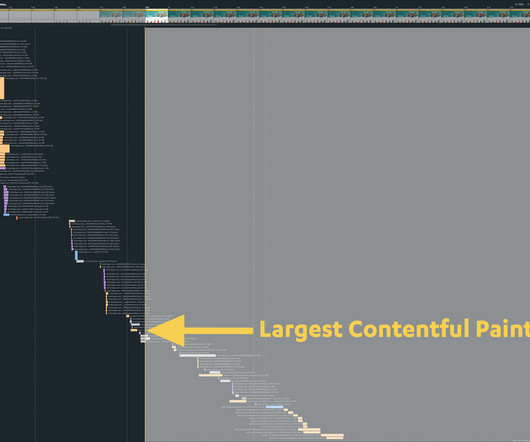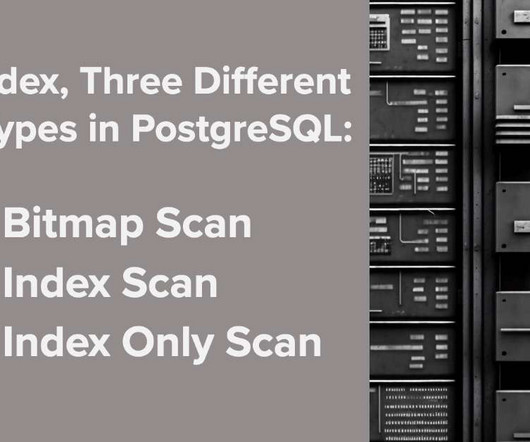Performance audit: Lego.com
Speed Curve
DECEMBER 13, 2023
A couple of things worth noting: All of the sites in the leaderboard sites are pretty speedy, so this is NOT a name-and-shame exercise. Are you compressing and caching the right things? The best way to investigate the critical rendering path is to look at a waterfall chart for the page page. Are images optimized?











Let's personalize your content